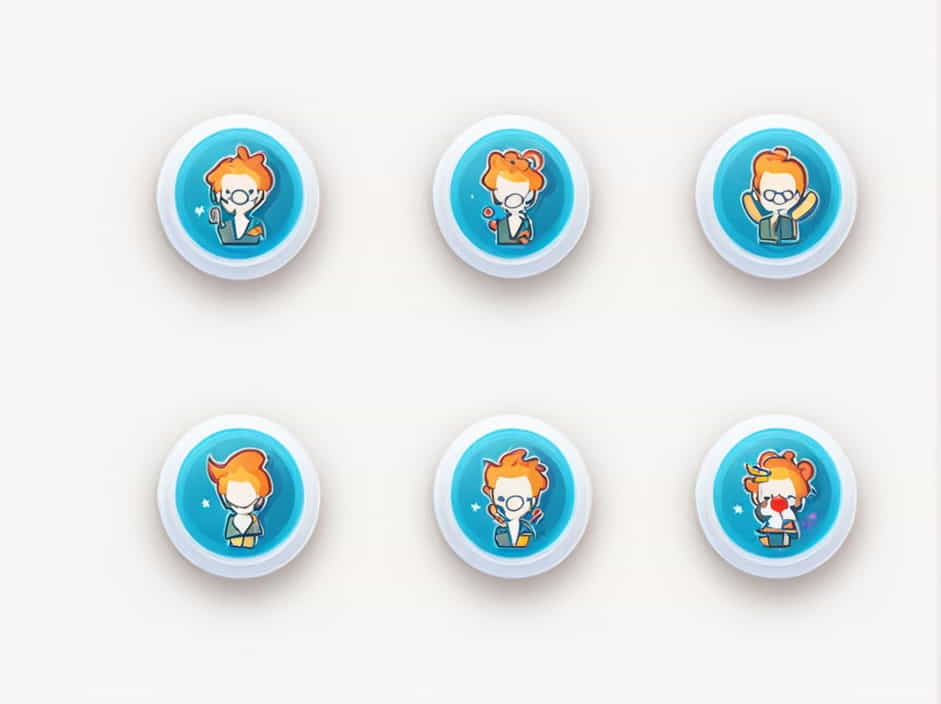Adolescence is a significant stage in human growth that marks the transition from childhood to adulthood. It is a time of rapid physical, emotional, and mental changes. In Class 8 science, the chapter “Reaching the Age of Adolescence” focuses on these transformations, their causes, and their effects.
This topic provides a detailed guide on this chapter, making it easier for students to understand. These notes are useful for those looking for Class 8 PDF notes on Reaching the Age of Adolescence for revision and study purposes.
What is Adolescence?
Adolescence is the period between 11 and 19 years when a person experiences rapid growth and development. This stage is crucial because it prepares the body and mind for adulthood.
Key Features of Adolescence:
- Physical Growth – Rapid increase in height and weight.
- Hormonal Changes – The body starts producing reproductive hormones.
- Emotional Changes – Mood swings and self-awareness.
- Social Development – Increased independence and new relationships.
Physical Changes in Adolescence
1. Growth Spurt
One of the most noticeable changes during adolescence is a sudden increase in height and weight. Some adolescents may experience this growth earlier, while others may grow gradually.
2. Development of Secondary Sexual Characteristics
- In Boys:
- Voice deepens.
- Facial and body hair grow.
- Shoulders become broader.
- Muscles develop.
- In Girls:
- Breast development begins.
- Menstruation starts.
- Hips become wider.
3. Changes in Sweat and Oil Glands
Adolescents may develop pimples and acne due to increased oil production in the skin. Maintaining personal hygiene is essential to prevent skin problems.
Hormonal Changes During Adolescence
Hormones play a vital role in physical and emotional development. The pituitary gland releases hormones that trigger puberty.
- Testosterone (in boys): Develops male characteristics.
- Estrogen & Progesterone (in girls): Regulate menstrual cycles and body changes.
Hormonal fluctuations can also lead to mood swings, making adolescents feel happy, sad, or anxious without any specific reason.
Emotional and Behavioral Changes
Adolescents experience a variety of emotions due to hormonal changes. Some common behavioral changes include:
- Increased Self-Consciousness – Worrying about appearance.
- Mood Swings – Feeling happy one moment and irritated the next.
- Desire for Independence – Preferring to make their own decisions.
- Peer Pressure – Influence from friends to behave in certain ways.
It is important to maintain self-confidence and discuss concerns with parents, teachers, or trusted adults.
Cognitive and Social Development
1. Improved Thinking Skills
Adolescents start to think logically and critically. They analyze situations better and make independent decisions.
2. Social Awareness and Friendships
Friendships become important, and adolescents seek acceptance from peers. They also start to form opinions about the world around them.
3. Increased Responsibilities
Adolescents take on new responsibilities at home and school, preparing them for adulthood.
Nutritional Needs in Adolescence
A balanced diet is essential for healthy growth. Some important nutrients include:
- Proteins – Needed for muscle and tissue development (eggs, fish, beans).
- Calcium – Strengthens bones (milk, cheese, leafy vegetables).
- Iron – Prevents anemia (green vegetables, nuts, red meat).
- Vitamins – Boost overall health (fruits, vegetables).
Drinking enough water and avoiding junk food is also important to stay healthy.
Personal Hygiene and Health During Adolescence
Maintaining hygiene is crucial during this stage to prevent infections and body odor.
- Bath Daily – Keeps the body fresh and clean.
- Wash Face Regularly – Prevents acne and pimples.
- Wear Clean Clothes – Reduces the risk of skin infections.
- Oral Hygiene – Brush teeth twice a day.
Menstruation and Reproductive Health
What is Menstruation?
Menstruation is the monthly cycle in which the uterus sheds its lining if no fertilization occurs. It usually starts between 10-14 years and is a natural process.
Menstrual Hygiene Tips
- Change sanitary pads or tampons every 4-6 hours.
- Wash hands before and after changing pads.
- Use clean and comfortable undergarments.
- Maintain a healthy diet to reduce cramps and discomfort.
Managing Stress and Mental Well-Being
The transition from childhood to adolescence can be stressful. Here are some tips for maintaining mental well-being:
- Exercise Regularly – Boosts mood and energy.
- Practice Deep Breathing – Helps reduce stress.
- Get Enough Sleep – Rest is essential for growth and brain function.
- Talk to Someone – Sharing feelings with friends or family can provide relief.
Handling Peer Pressure
Peer pressure can be positive or negative. Adolescents should learn to:
- Make Independent Choices – Think before following others.
- Say No to Harmful Habits – Avoid smoking, drinking, or risky behavior.
- Choose the Right Friends – Stay around people who encourage good habits.
Role of Parents and Teachers in Adolescence
Parents and teachers play an essential role in guiding adolescents. They should:
- Provide emotional support and encourage open conversations.
- Educate about physical and emotional changes.
- Promote healthy habits and personal hygiene.
Why is This Topic Important for Class 8 Students?
Understanding adolescence helps students:
- Prepare for changes they will experience.
- Develop confidence to handle emotional challenges.
- Adopt a healthy lifestyle with proper nutrition and hygiene.
Students can use Class 8 PDF notes on Reaching the Age of Adolescence for revision and better understanding.
Adolescence is a crucial phase of life filled with changes, challenges, and opportunities. By understanding this stage, maintaining a healthy lifestyle, and seeking guidance when needed, adolescents can grow into responsible and confident individuals. This phase may feel overwhelming, but with the right knowledge and support, it can be an exciting journey of self-discovery!
